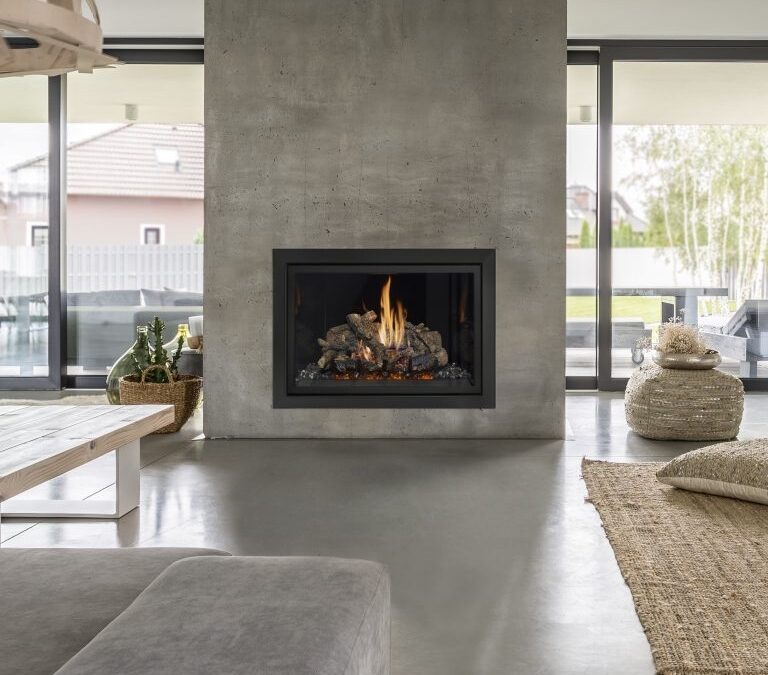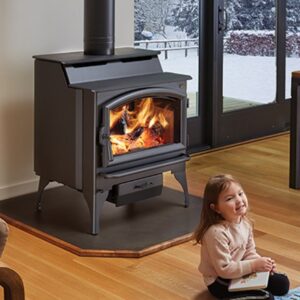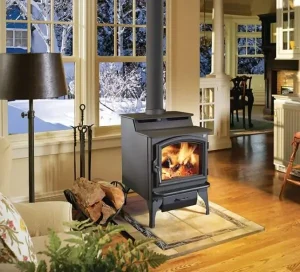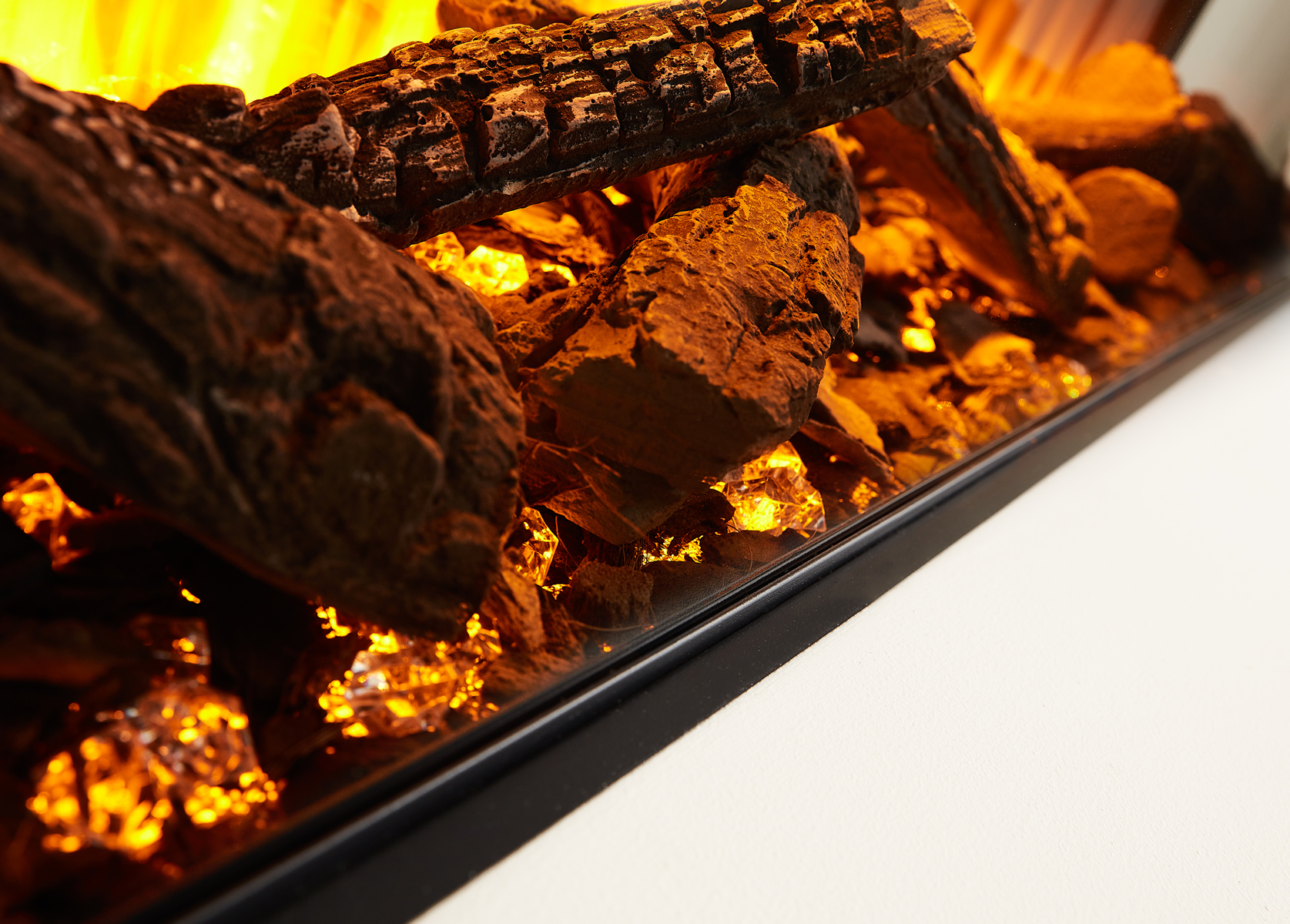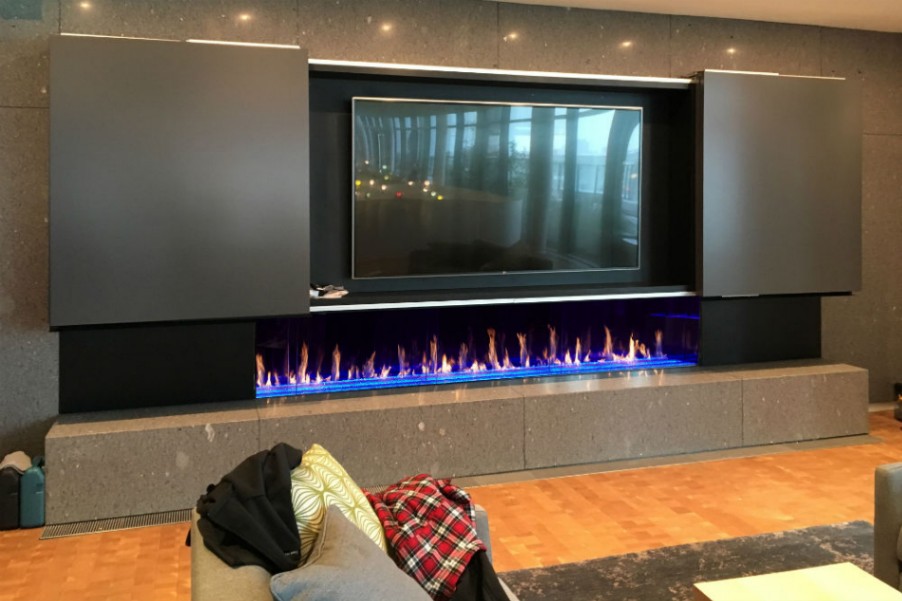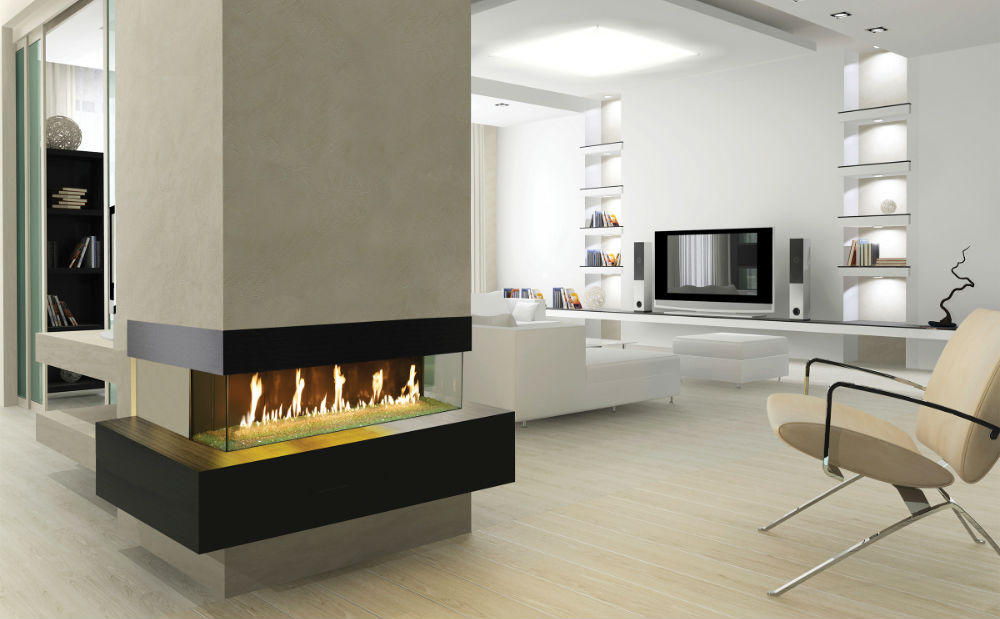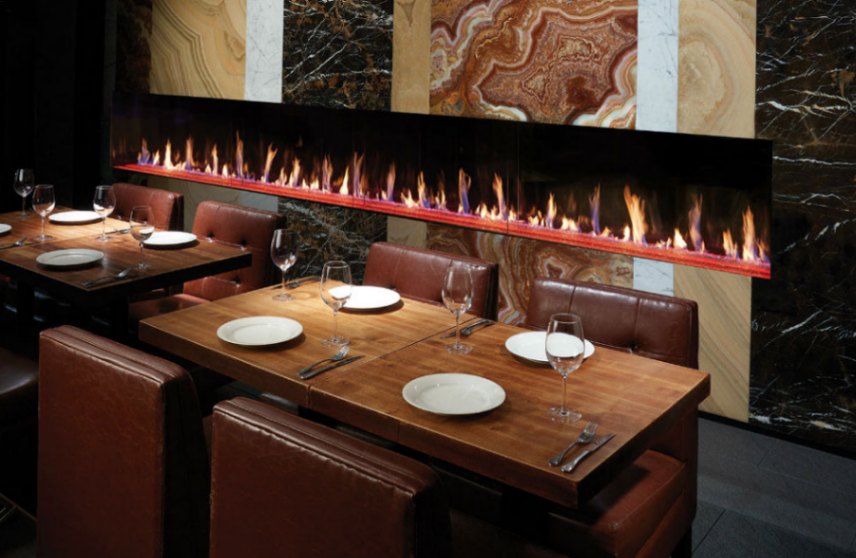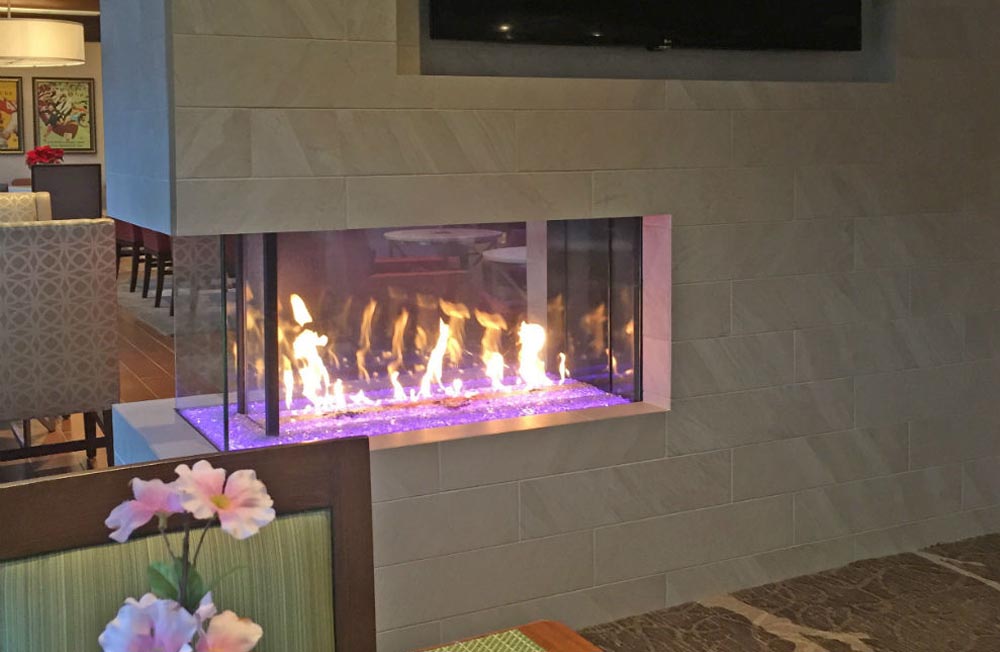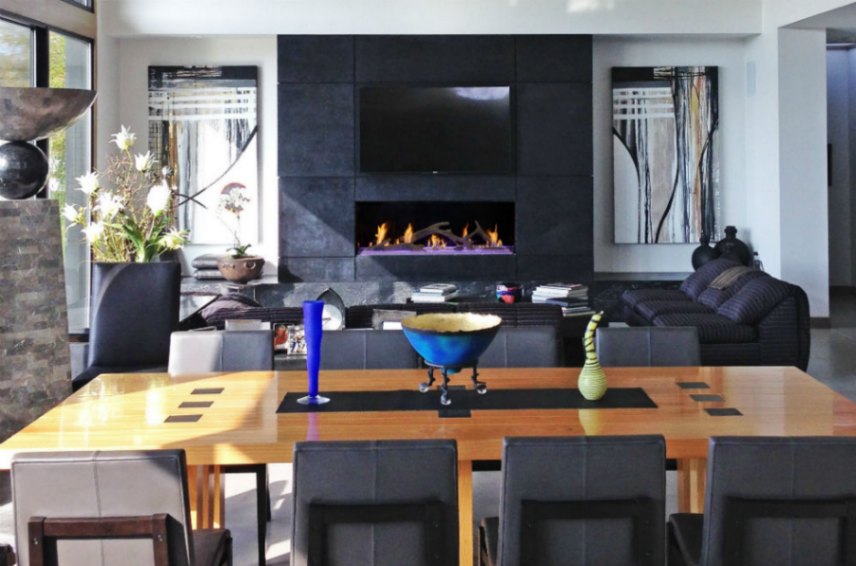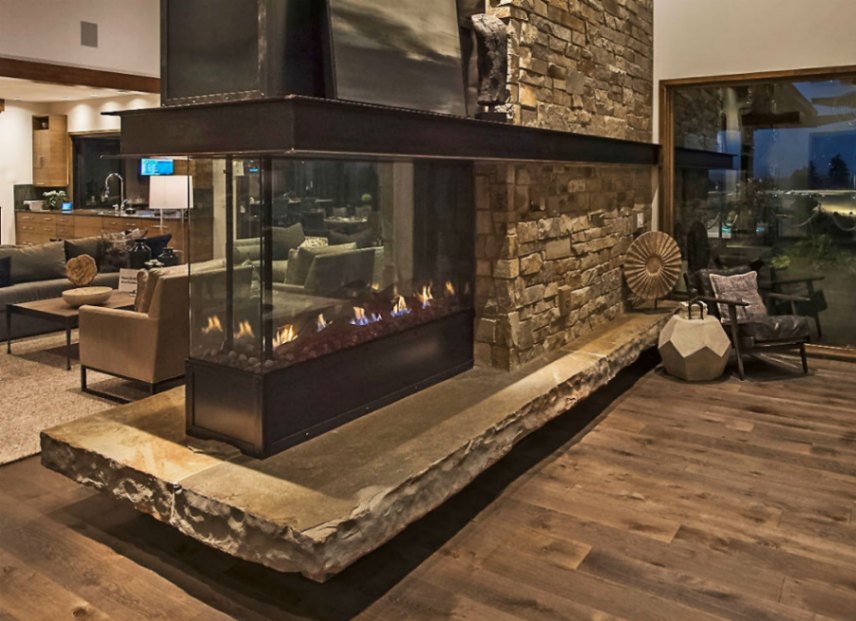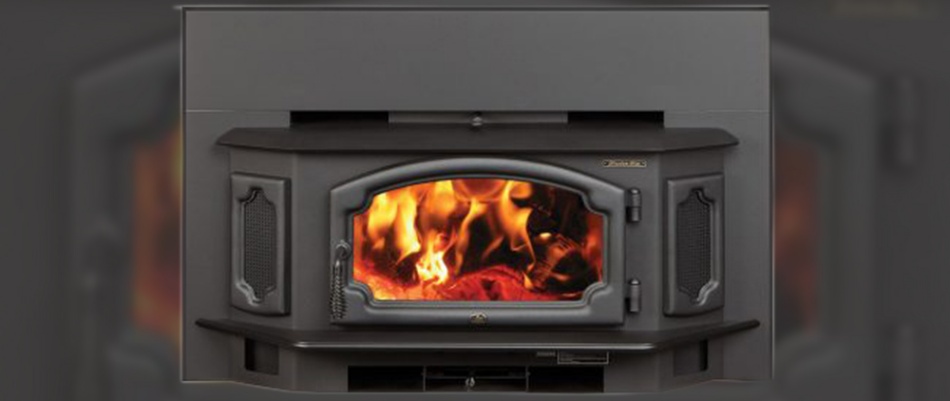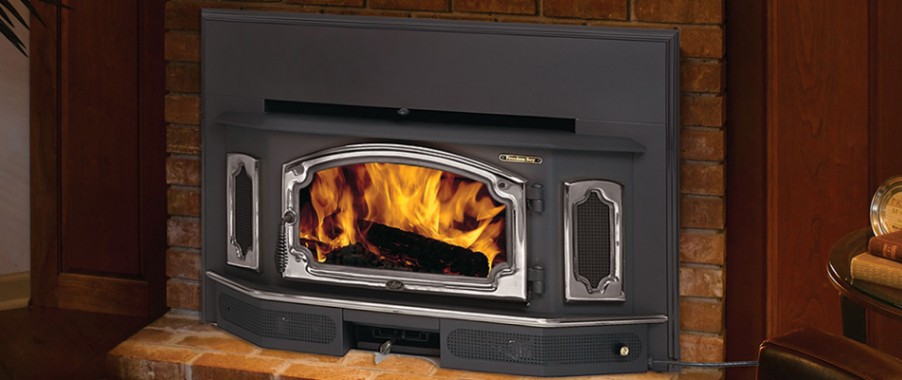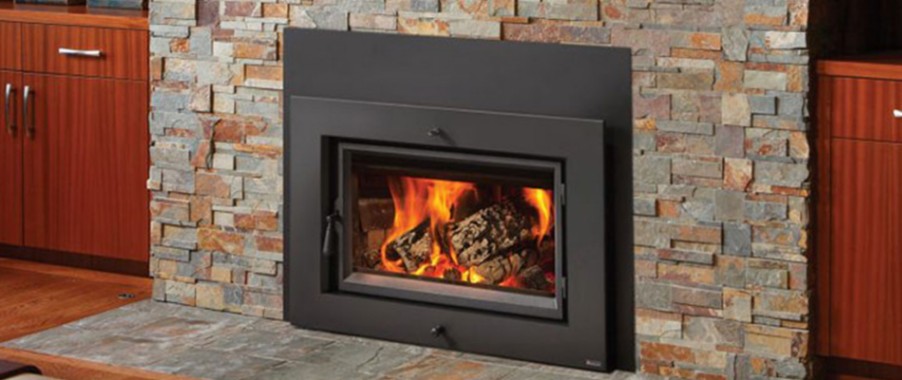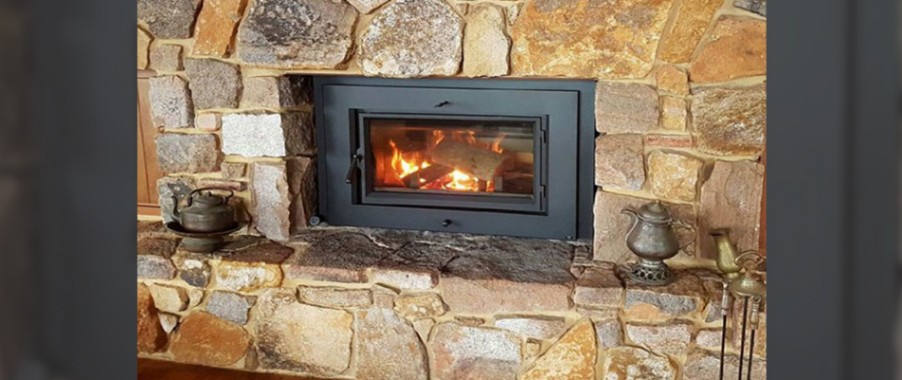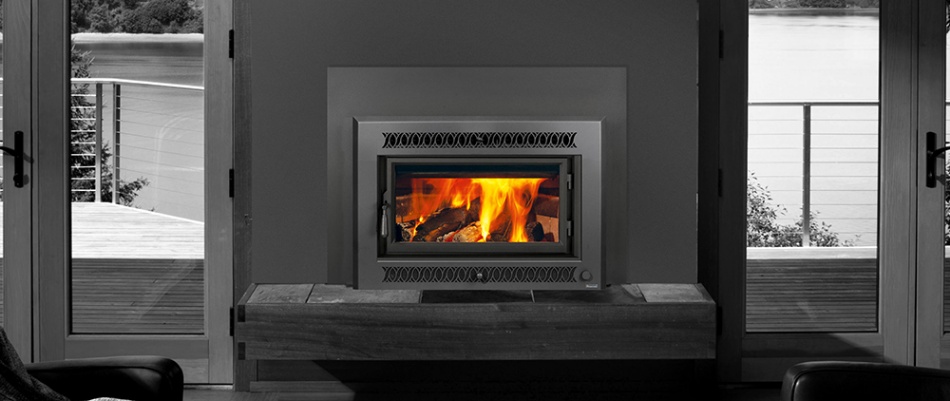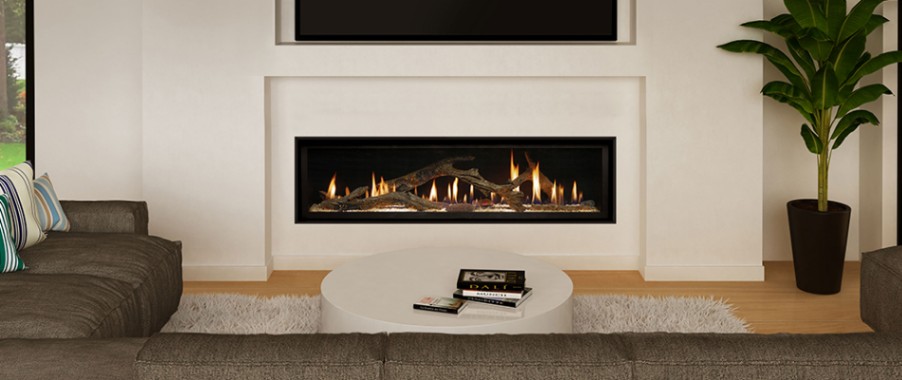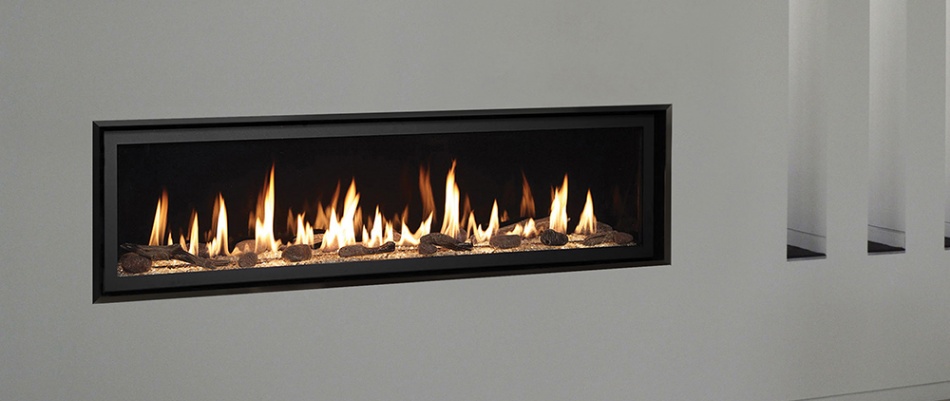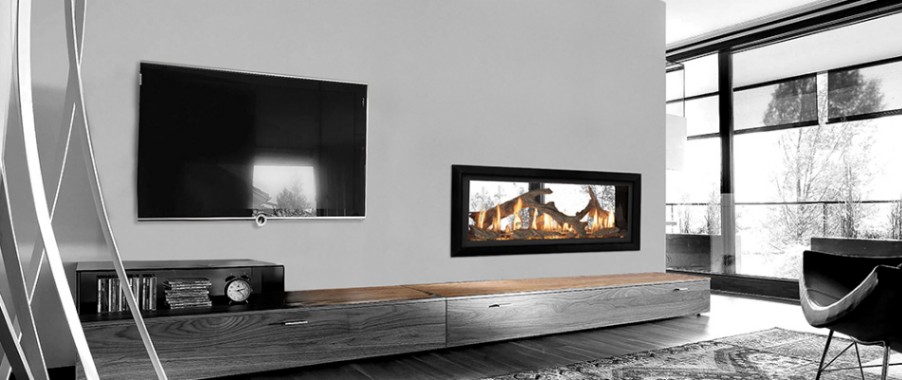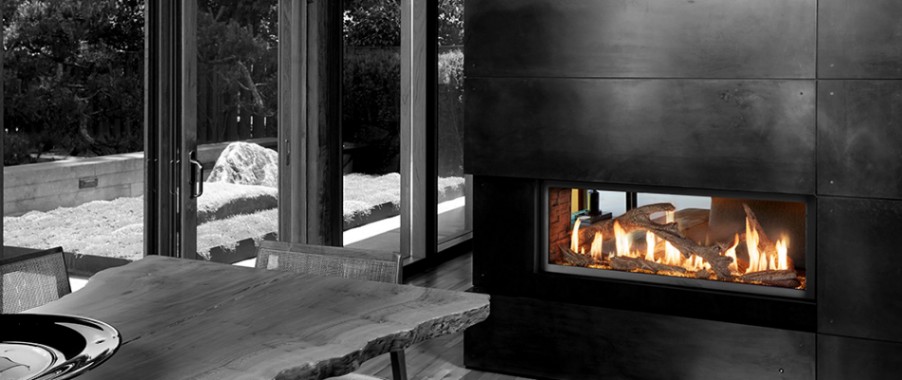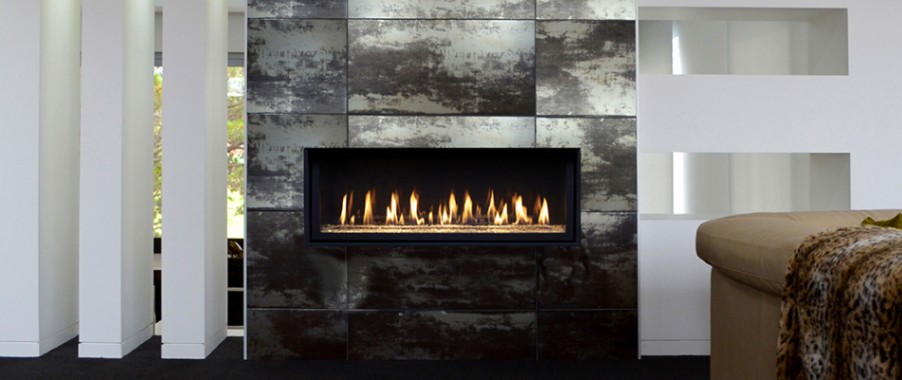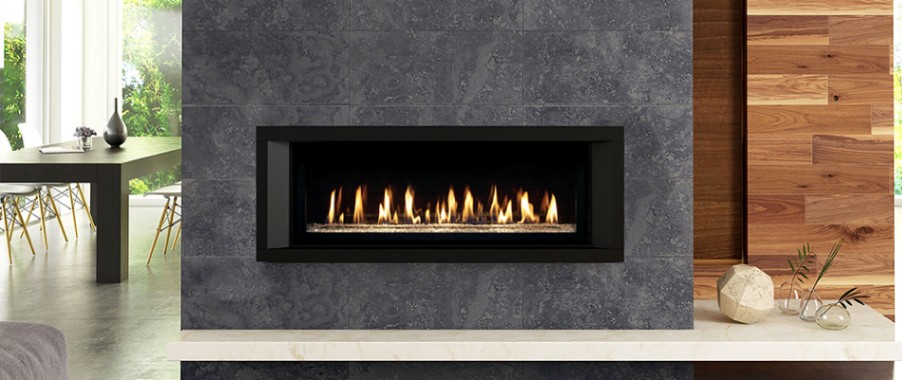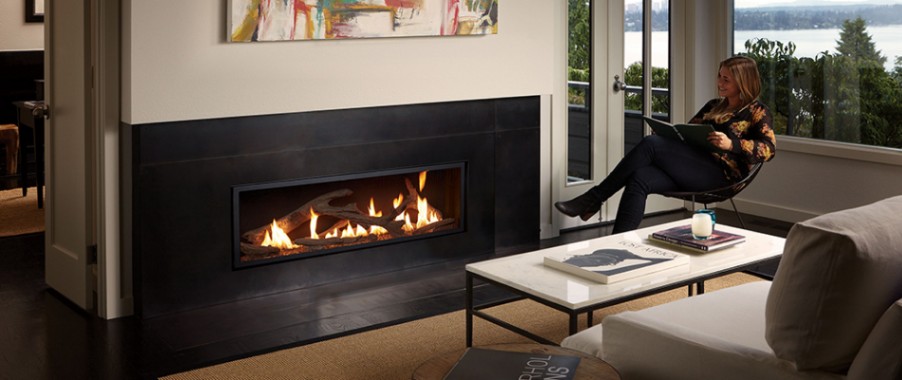There comes a point in time when the beloved wood-burning fireplace loses its appeal. There may be nothing like the crackling sound and aroma a wood-burner brings, but you quickly find out how much maintenance and upkeep they require. For some it becomes too much, and it’s a large reason why people look into converting it into a gas powered fireplace. If you’re leaning towards this decision, here are some things to keep in mind before you convert your wood-burning fireplace to gas.
Get it inspected
Over time, burning wood can cause buildup on chimney surfaces and walls. Without regular maintenance and cleaning, these walls could become a huge safety hazard. If you haven’t gotten a recent chimney inspection from a professional, we recommend you do, to mitigate any risks that come with a conversion. Some fireplace providers make this a mandatory step to keep you safe. If you are nervous about owning a gas fireplace, your provider can tell you everything you need to know.
Existing masonry may need adjusting
One big difference between wood-burning and gas powered fireplaces is that gas needs more room for air and circulation. Depending on your existing setup, a professional will need to come in and evaluate the amount of space available for gas. If there isn’t enough room, space will need to be created.
A Gas line must be installed
When you decide to change, a qualified professional must evaluate your current fireplace setup. If you’ve only had wood-burning fireplaces thus farm then a gas line will need to be installed. This process usually comes with installation costs, so you should talk to your fireplace provider for specific details on how that is calculated.
What gas logs are
When you’re researching gas fireplaces you’ll likely come across gas logs. Gas logs are large pieces of ceramic which are shaped and designed to be basically anything you want. They are fitted with either LPG or natural gas and come in vented or ventless varieties. The most popular look is a log to simulate a natural fire, hence why the term “gas logs” is the go to. But you can go for many different things such as a stone fireplace. Your fireplace professional can offer a catalogue on all their varieties.
Difference between vented and ventless gas logs
Vented gas logs
These logs simulate a real fireplace extremely well. They can copy the large flames a natural fireplace produces, while taking away the need to clean up ash and soot afterwards. They can be easily installed in an existing fireplace, making it easy to have a traditional looking fireplace. Vented gas logs create carbon monoxide, so they must be operated with an open chimney to exhaust the fumes. Vented gas logs are less efficient than ventless, and require more fuel to run.
Ventless gas logs
These logs distribute heat evenly throughout a room as they don’t use vents to operate. Ventless logs don’t require a chimney, and use less fuel as vented. Two main downsides to them are that they generally don’t look as good as vented logs, and ventless logs cost more to purchase.
Gas fireplaces are great for providing a comforting and warm ambience to your space. Fireside are more than happy to accommodate your needs on where to buy a gas fireplace, questions, tips and more. Check out their range of Lopi fireplaces in Castle Hill today!


